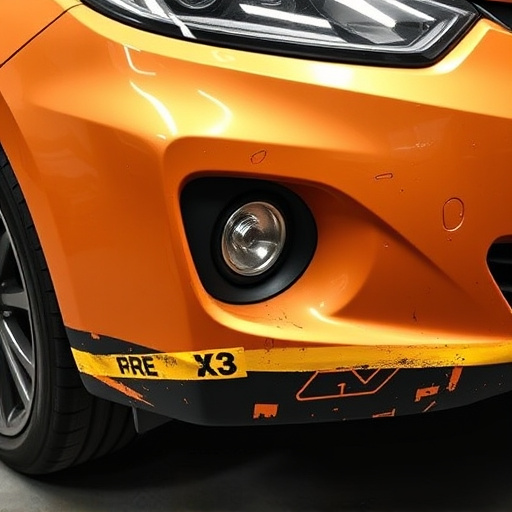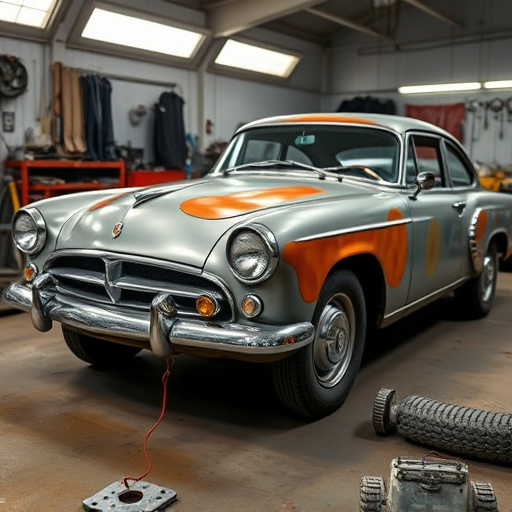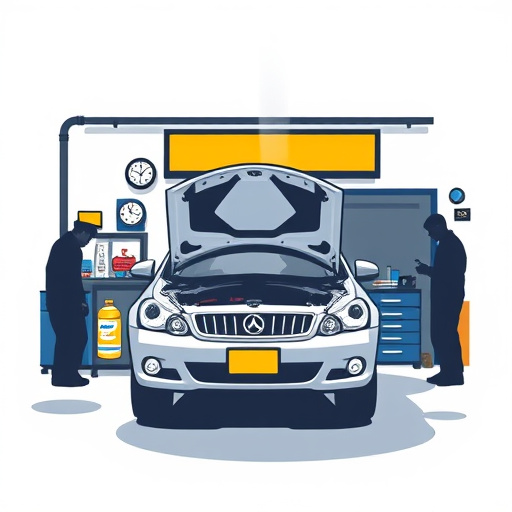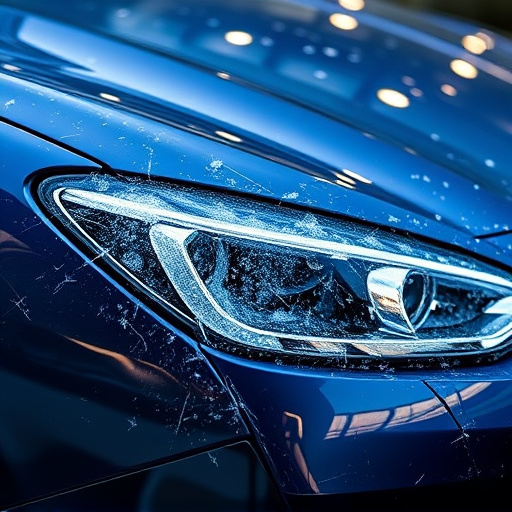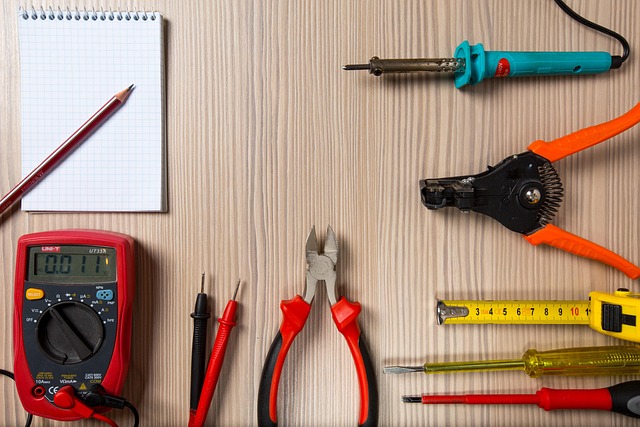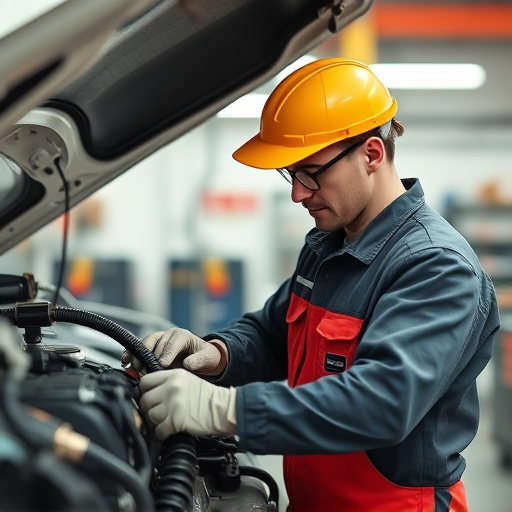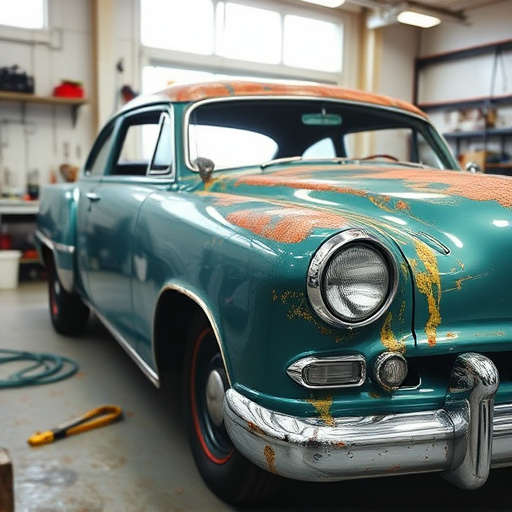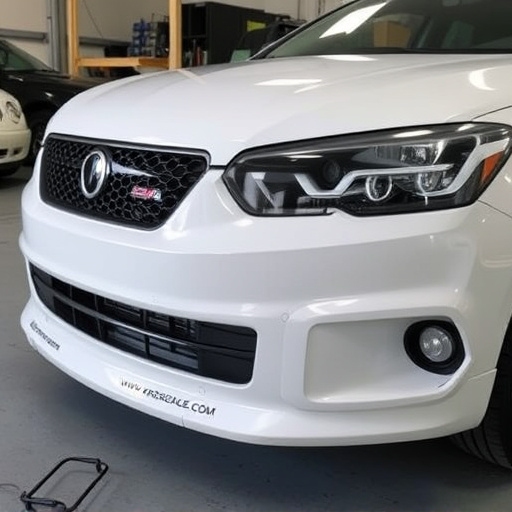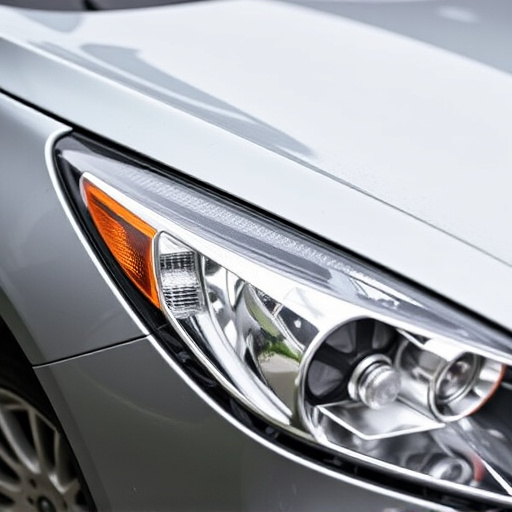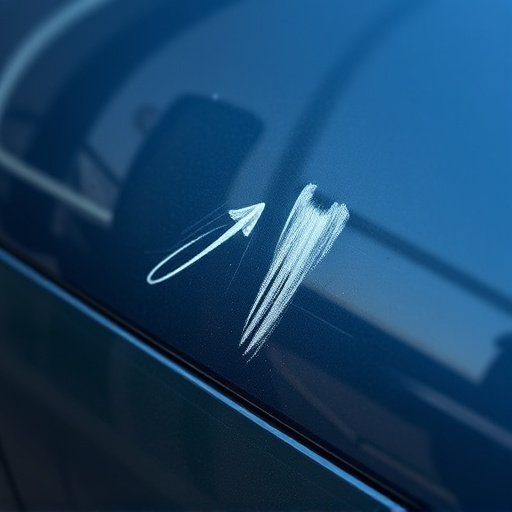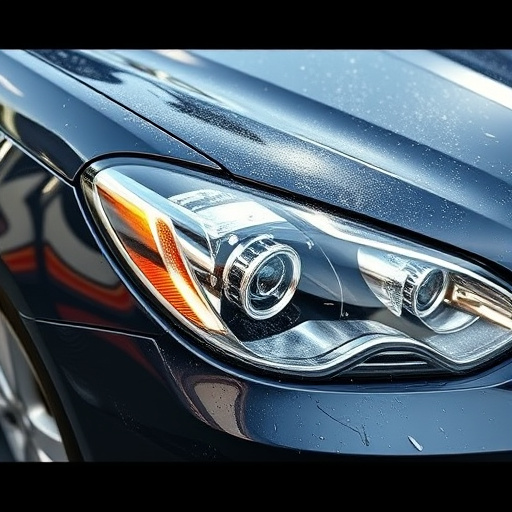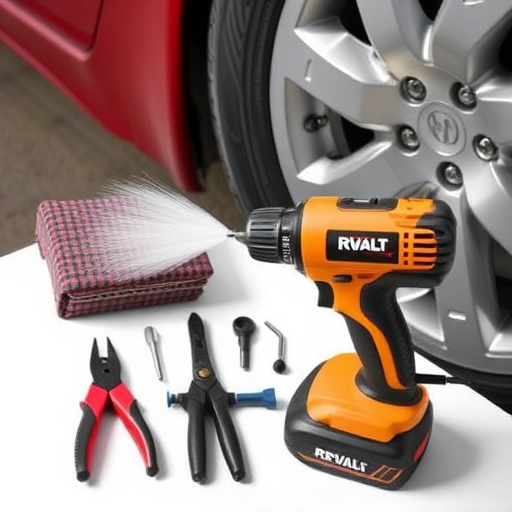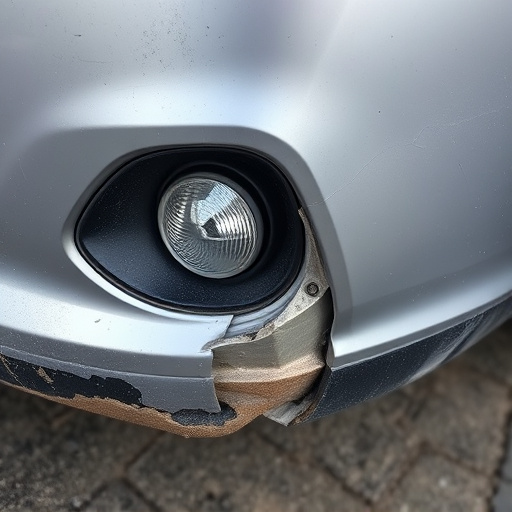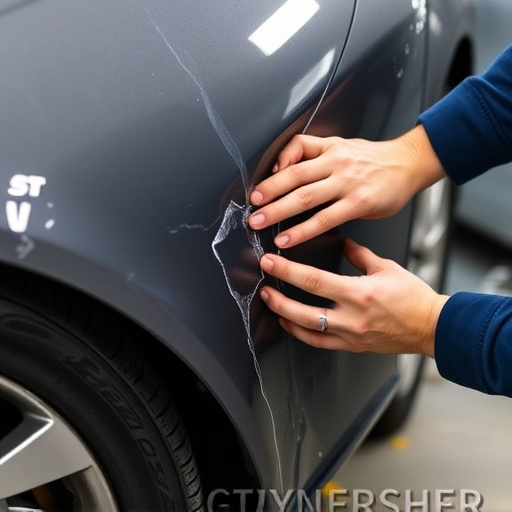Lightning strikes can cause substantial vehicle damage, requiring meticulous inspection by skilled technicians using advanced diagnostic tools. The process involves examining exterior impact signs and scrutinizing the underbody for structural integrity. Hidden damage to critical components like frames, panels, and wiring harnesses is addressed through specialized techniques and high-quality parts, offering top-notch lightning strike auto repair services with a focus on safety and detailed restoration.
In the event of a lightning strike, vehicles can sustain significant structural damage. This article guides you through the critical process of conducting a thorough structural inspection during lightning strike auto repair. We’ll explore assessing lightning-induced damage, implementing safety protocols, and restoring vehicle integrity safely and effectively. By understanding these steps, you’ll ensure accurate repairs and enhanced vehicle safety post-lightning strike. Learn how to navigate this delicate situation with expertise.
- Assessing Lightning Strike Damage to Vehicles
- Safety Protocols for Structural Inspection
- Restoring Vehicle Integrity After Lightning Strikes
Assessing Lightning Strike Damage to Vehicles
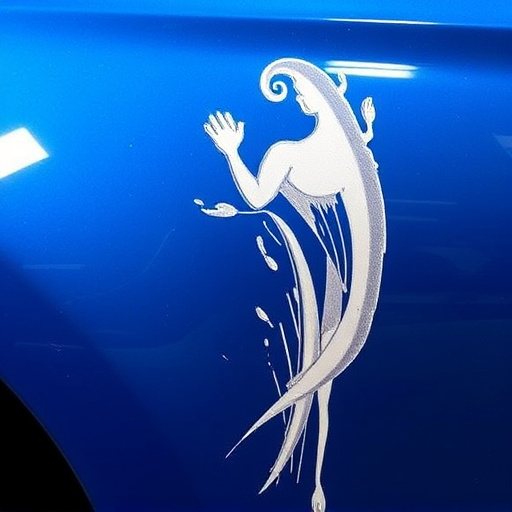
When a vehicle undergoes a lightning strike, it can sustain significant structural and cosmetic damage. Assessing this type of damage requires a thorough inspection to identify both visible and hidden issues. Skilled technicians in lightning strike auto repair employ advanced diagnostic tools to detect internal changes caused by the intense electrical charge. This meticulous process involves examining the exterior for signs of impact, such as dents, cracks, or melted plastic, while also checking the underbody for any structural compromises.
Hidden damage is a particular concern, as lightning can weaken or even compromise critical components like frames, panels, and wiring harnesses. Professional collision repair experts understand that proper evaluation and restoration are essential to ensure vehicle safety and performance. They employ specialized techniques and high-quality parts to accurately replicate the original design, addressing both visible and hidden scars from the dramatic event to bring the vehicle back to its pre-strike condition, offering top-notch car repair services in the process.
Safety Protocols for Structural Inspection
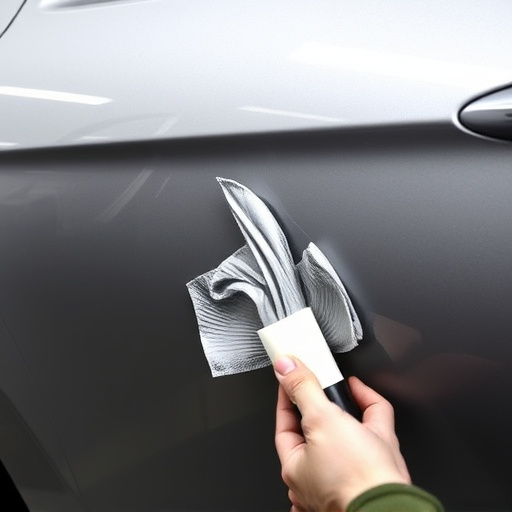
When conducting a structural inspection during lightning strike auto repair, safety should always be the top priority. Before beginning any assessment, ensure that the vehicle is properly secured and grounded to prevent further damage or injury. All personnel involved should wear appropriate personal protective equipment (PPE), including gloves, safety glasses, and ear protection, given the potential for loud noises and debris during the inspection process.
In addition, clear the workspace of any unnecessary items and ensure proper ventilation. With lightning strike repairs often involving intricate autobody repairs and even bumper repair or auto painting, a safe and organized environment is crucial to mitigate risks. Maintain clear communication among the team to avoid accidents and promptly address any concerns that arise during the inspection, ensuring comprehensive yet safe structural analysis and effective Autobody repairs.
Restoring Vehicle Integrity After Lightning Strikes
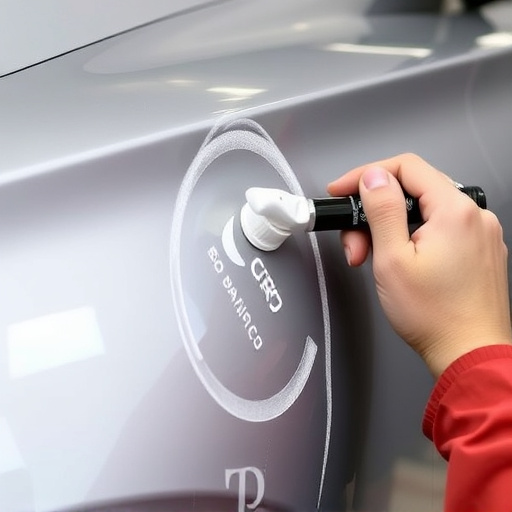
After a lightning strike, restoring the integrity of a vehicle involves careful structural inspection and meticulous repairs. The initial assessment should focus on identifying any potential weaknesses or damage to the car’s frame, panels, and other critical components. This is crucial in ensuring the safety and roadworthiness of the vehicle post-lightning strike auto repair.
Professional automotive body shops equipped with advanced tools and expertise are best suited for this task. They conduct detailed dent repair and structural adjustments, addressing both visible and hidden damage caused by lightning. These auto repair services not only fix the physical damages but also realign the vehicle’s structural integrity to its original specifications, making it safe to drive again without compromising on performance or safety.
In the event of a lightning strike, prompt and thorough structural inspection is crucial for effective lightning strike auto repair. By adhering to safety protocols and implementing restorative measures, vehicle integrity can be restored, ensuring both safety and optimal performance. Understanding the damage assessment, safety procedures, and restoration techniques outlined in this article equips professionals with the knowledge to navigate this unique challenge in the world of lightning strike auto repair.
